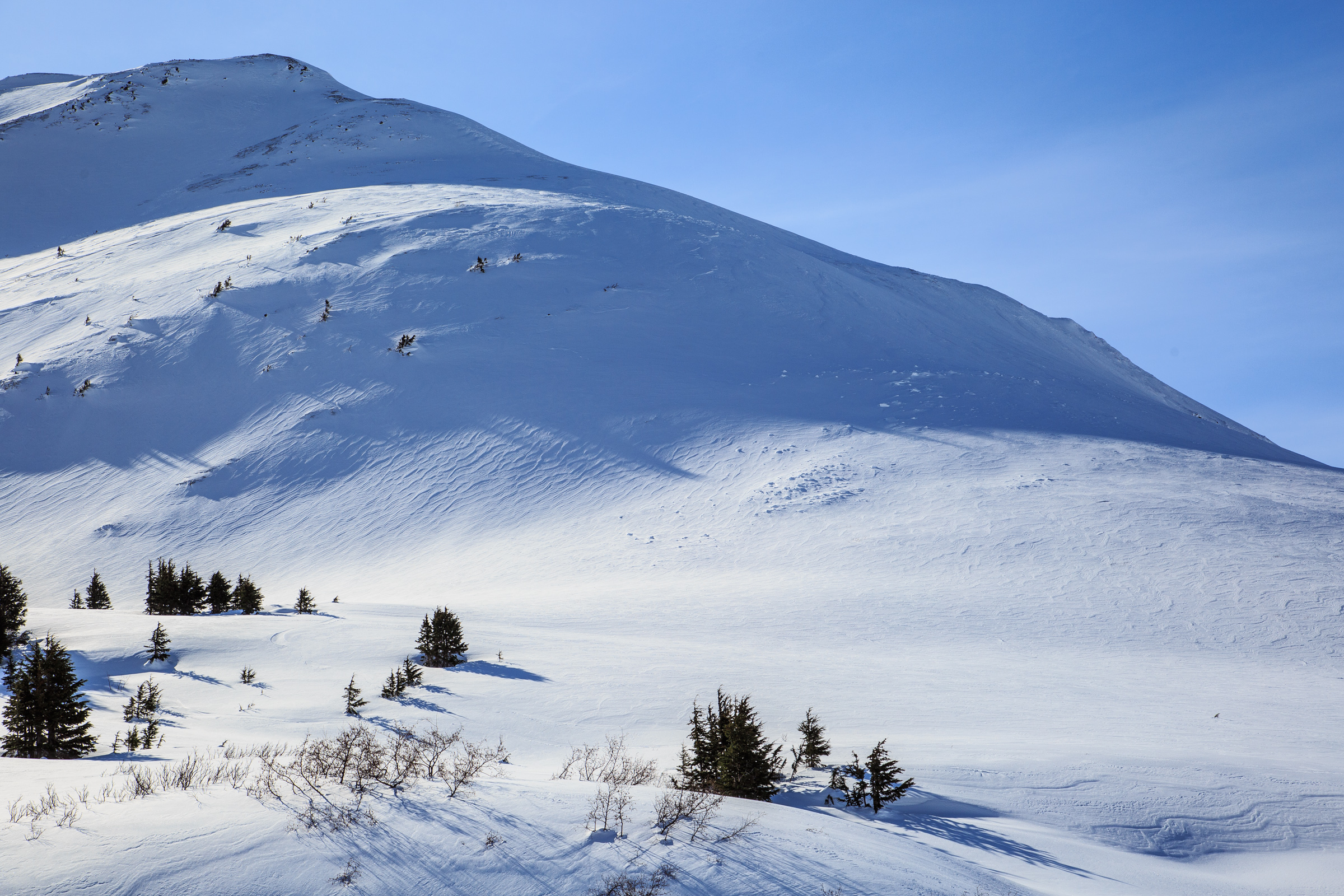Turnagain Pass
|
|
The avalanche danger will increase to MODERATE today due to several inches of new snow and increased easterly winds. Watch for shallow fresh wind slabs to form on wind loaded slopes at the higher elevations. Small sluffs in the new snow are also expected. In the lower elevations, wet loose avalanches will be possible to trigger due to wet and saturated surface snow.
SUMMIT LAKE: A much shallower snowpack exists from the Johnson Pass and Silvertip trailheads south to Summit Lake. In this area, there remains a chance a person could still trigger a larger slab avalanche due to weak snow in the mid and base of the pack. Extra caution is advised.
PORTAGE VALLEY/Byron Glacier Trail: Strong wind and additional precipitation will increase the avalanche danger in this zone. Avoid avalanche runout zones such as the Byron Glacier hiking trail up to the ice caves.
*Roof Avalanches: Heads up, roofs may still shed remaining snow with the cloudy, wet and warm weather.
We are so grateful for all those who have been submitting observations! Let us know what you see this weekend if you are getting out in the mountains. You can submit on our website HERE or shoot us an email at staff@chugachavalanche.org. Thank you!!

 Cracking in the snow due to a small wind slab found on Eddies ridge yesterday. 3.20.20. Photo: Joe Stock
Cracking in the snow due to a small wind slab found on Eddies ridge yesterday. 3.20.20. Photo: Joe Stock The NW should of Magnum Ridge. This is yesterday’s surface and what any new snow will fall on today. Take a look at more images from Turnagain Pass
The NW should of Magnum Ridge. This is yesterday’s surface and what any new snow will fall on today. Take a look at more images from Turnagain Pass  Small wet loose avalanche triggered by a snowmachiner descending a lower elevation slope under Seattle Ridge yesterday. Note the saturated surface snow and large roller balls. 3.20.20.
Small wet loose avalanche triggered by a snowmachiner descending a lower elevation slope under Seattle Ridge yesterday. Note the saturated surface snow and large roller balls. 3.20.20.